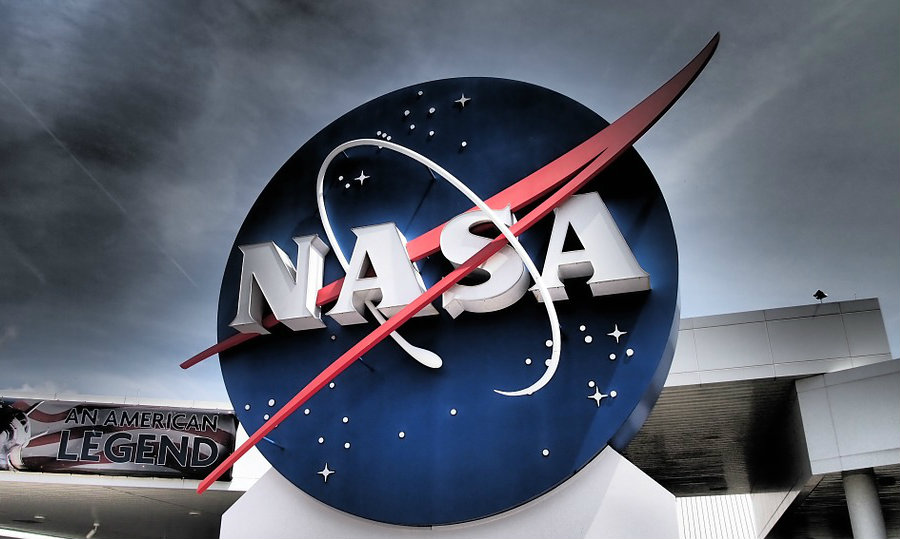NASA announced on August 16 that almost all of its research papers would be available through a new agency public access website. The initiative of the NASA-Funded Research Results portal is called PubSpace, and it can be found on NASA’s original site. The archive will be fully operating by fall 2016.
PubSpace is a public archive that allows people to access to original science journal articles produced by NASA-funded research. All the information in PubSpace is available online for free. To be published in PubSpace database, articles must be in peer-reviewed scholarly journals and papers in juried conference proceedings within a year of the publish date.

The new public archive is part of the agency’s commitment to transform science data into a broad, easy access portal. NASA Deputy Administrator Dava Newman stated that NASA’s community is celebrating the opportunity to allow people to access their extensive portfolio of scientific and technical publications.
She added that the open access archive is an invitation to people around the globe to join NASA in its quest of exploring Earth, air, and space. The public access intends to accelerate the spread of fundamental research and advanced scientific knowledge to help with the nation’s future prosperity, NASA’s portal reports.
PubSpce is part of NASA’s plan, entitled “NASA Plan for Increasing Access to the Results of Scientific Research.” The plan is a response to a request from the White House Office of Science and Technology Policy that asked the agency to develop a way to make public the results of federally-funded research.
The application was made in 2013, and NASA started to work with the science and technology research community in the agency to make the project possible. Even if PubSpcae is already a fact, NASA will continue to collaborate with the science community, academic institutions, publishers and other federal agencies to increase access to research results.

Copyrights will be respected in PubSpace and still people will have primary access to NASA’s research
PubSpace documents will be available for download and reading, but patents, publications governed by personal privacy, proprietary restrictions, export control or national security law will be left out from PubSpace, the agency reported.
Despite the limitations, PubSpace is still offering a broad range of NASA’s work. Ellen Stofan, NASA chief scientist, stated that as scientist and engineers, they build their research upon the work of others, and the public archive will allow NASA to magnify the impact of its research around the world.
The public access portal will begin with research funded in 2016, which has granted PubSpace more than 800 peer-reviewed research papers. NASA’s archive will be fully functional later this year.
PubSpace is part of PubMed Central (PMC), a full-text, online archive of journal literature that is operated by the National Library of Medicine. PMC seeks to preserve and create a way of public access to NASA’s work. The National Library of Medicine is controlled by the National Institutes of Health.
Source: NASA
